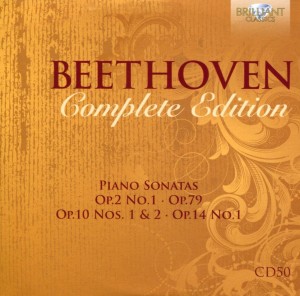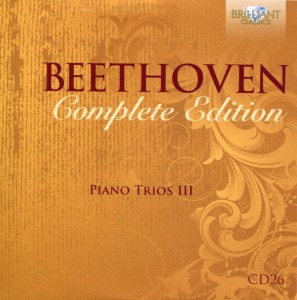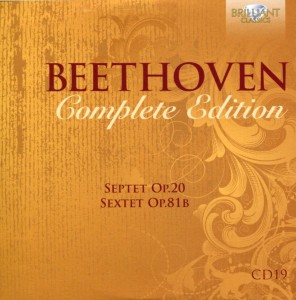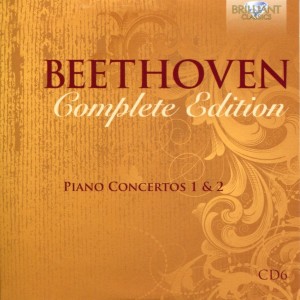 More Alfred Brendel from 1962-64.
More Alfred Brendel from 1962-64.
More Beethoven piano sonatas, circa late 1700s/early 1800s.
These are introspective, less flamboyant. They seem more melancholy than joyful.
Piano Sonata No. 1 in F Minor Op. 2 No. 1
From its entry on Wikipedia:
Beethoven’s Piano Sonata No. 1 in F minor, Op. 2, No. 1, was written in 1795 and dedicated to Joseph Haydn. A typical performance of the entire work lasts about 17–20 minutes.
Beethoven was 25.
Piano Sonata No. 25 in G Op. 79
From its entry on Wiki:
The Piano Sonata No. 25 in G major, Op. 79, was written by Ludwig van Beethoven in 1809. It consists of three movements…
It is one of Beethoven’s shorter sonatas with an approximate performance time of only eleven minutes, if Beethoven’s prescribed repeats are all observed. It is also the shortest of his sonatas with more than two movements.
Beethoven was Continue reading



